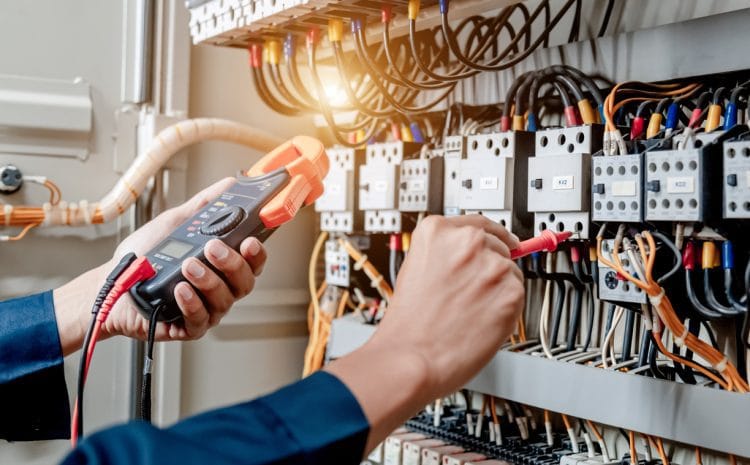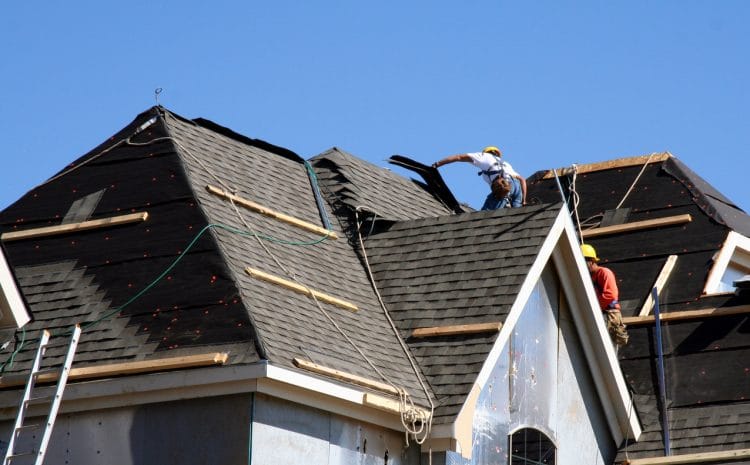Flat vs. Hip vs. Gable: Comparing Roof Shapes for Insurance Advantages

Your roof doesn’t just protect your home—it also plays a significant role in your homeowners insurance costs. Insurers assess roof shape to calculate risk and determine premiums. Choosing between flat, hip, or gable roof designs can make a noticeable difference in your policy terms and rates.
In this guide, we’ll explore how roof shapes for insurance impact your coverage, which roof designs are viewed as the safest by insurers, and how upgrading to the right roof shape could help reduce your insurance premiums.
How Roof Shapes Impact Homeowners Insurance
The shape of your roof influences how well your home can withstand natural disasters like windstorms, hurricanes, and heavy rain—key risk factors insurance companies analyze.
Why Insurers Care About Roof Design
Insurance companies calculate premiums based on risk. Roof shape determines how well a structure resists:
- Uplift from wind
- Water pooling
- Storm debris damage
- Structural stress during hurricanes
Each roof shape reacts differently under stress, which is why insurers reward safer designs with lower premiums.

Flat Roofs: Modern Look, Higher Risk
Flat roofs are common in modern and commercial designs. However, they tend to come with higher insurance rates.
Challenges with Flat Roofs
Flat roofs offer limited drainage, making them more susceptible to:
- Water pooling, which leads to leaks and structural rot
- Higher wind uplift, due to minimal aerodynamic resistance
- Faster wear and tear, often requiring more frequent maintenance
These issues signal higher claim likelihood for insurers, which can raise premiums.
Gable Roofs: Popular but Wind-Prone
Gable roofs are the classic pitched-roof style and are very popular in residential construction.
Pros and Cons of Gable Roofs
Advantages:
- Great drainage
- Affordable to construct
- Well-ventilated attic space
Drawbacks:
- Vulnerable to wind uplift
- Can collapse if not braced properly
In areas prone to hurricanes or high winds (like Florida), gable roofs can increase your insurance rate unless properly reinforced.
Hip Roofs: Insurance-Friendly and Storm-Resistant
Hip roofs slope on all four sides, making them one of the most aerodynamic and wind-resistant designs.
Why Insurers Prefer Hip Roofs
Hip roofs are ideal in hurricane-prone areas because:
- Their structure deflects wind from multiple directions
- They are less likely to uplift or collapse
- They are structurally stable with strong framing
Most insurance companies offer discounts or lower rates for homes with hip roofs, especially newer ones.
Does a New Roof Lower Insurance Premiums?
Yes—a new roof often lowers homeowners insurance premiums. Insurers see new roofs as less likely to leak, collapse, or suffer weather damage.
How Much Can You Save?
Savings vary based on location, roof shape, and insurer, but on average:
- New hip roof: up to 20% premium reduction
- Reinforced gable roof: 5–15% reduction
- Flat roof (new): May still cost more but gets slightly better rates than an older flat roof
Image Suggestion: Chart comparing average insurance discounts based on roof type and age.
Key Considerations When Replacing Your Roof
Before upgrading, factor in these elements to maximize insurance benefits:
- Choose a hip design if you’re in a high-risk wind zone
- Invest in wind mitigation features like bracing, hurricane straps, and impact-resistant materials
- Get documentation to prove roof improvements to your insurer
How Roof Age Affects Your Home Insurance
Older roofs not only increase your risk but may also make you ineligible for certain types of coverage.
Insurance Impacts by Roof Age
| Roof Age | Insurance Effect |
| 0–10 years | May qualify for discounts |
| 11–20 years | Higher risk category; limited discounts |
| 20+ years | May be excluded from coverage (Actual Cash Value only) |
When to Talk to a Professional
Before replacing or updating your roof, speak with both:
- A licensed roofing contractor
- Your homeowners insurance agent
They can help you align design choices with potential insurance savings and ensure proper documentation is submitted.
CTA: Get Expert Help with Roofing and Insurance Claims
If you’re dealing with roof damage or want to upgrade for insurance savings, don’t go it alone.
- 411 Claims Help can guide you through filing roof-related claims and understanding your coverage.
- Need construction help? Hire a Roof Contractor through trusted, storm-experienced professionals across Florida.
FAQs (Schema-Ready)
Q1: What roof shape is best for homeowners insurance?
A1: Hip roofs are typically best because they’re wind-resistant and structurally strong, often qualifying for lower insurance premiums.
Q2: Does replacing a flat roof lower insurance costs?
A2: It may slightly reduce premiums, but flat roofs are still considered higher risk due to drainage issues. Hip or reinforced gable roofs offer more savings.
Q3: Will a new gable roof help reduce insurance rates?
A3: Yes, especially if reinforced with hurricane straps or bracing, though not as much as a new hip roof would.
Q4: How old can my roof be before insurance won’t cover it?
A4: Most insurers reduce coverage after 20 years. At that point, they may only offer Actual Cash Value instead of full replacement coverage.
Q5: What’s the best way to prove roof upgrades to insurance companies?
A5: Submit detailed documentation including contractor invoices, permits, photos, and product certifications during your policy update.
Q6: Do all insurers factor roof shape into premiums?
A6: Yes, although weight may vary. In storm-prone areas like Florida, roof shape is a major factor in risk and cost calculations.



